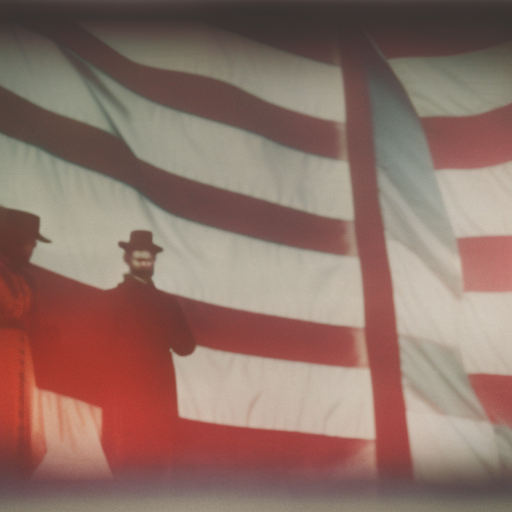Summary:
The Emancipation Proclamation, issued by President Abraham Lincoln on January 1, 1863, declared that all enslaved people in Confederate territory were to be set free. While it did not immediately free any slaves, it marked a significant turning point in the Civil War and set the stage for the eventual abolition of slavery in the United States.
The Context:
By 1863, the Civil War had been raging for two years. The Union, led by President Lincoln, was fighting to preserve the Union and end slavery, while the Confederacy sought to maintain its independence and protect the institution of slavery. As the war progressed, Lincoln came to believe that emancipating the slaves was necessary to weaken the Confederacy and ensure victory for the Union.
The Proclamation:
The Emancipation Proclamation declared that all enslaved people in Confederate territory were to be set free. However, it only applied to areas that were still in rebellion against the Union. This meant that it did not immediately free any slaves in the border states that had remained loyal to the Union, nor did it apply to areas of the Confederacy that had already been captured by Union forces.
Impact on the Civil War:
The Emancipation Proclamation had a significant impact on the Civil War. It shifted the focus of the war from solely preserving the Union to also ending slavery. This change in objective helped to rally support for the Union cause both domestically and internationally. It also encouraged enslaved people in Confederate territory to flee to Union lines, further weakening the Confederacy.
Long-Term Effects:
While the Emancipation Proclamation did not immediately free all slaves, it laid the groundwork for the eventual abolition of slavery in the United States. It demonstrated that the Union was committed to ending slavery and set the stage for the passage of the Thirteenth Amendment to the Constitution, which officially abolished slavery in 1865.
Reactions and Criticisms:
The Emancipation Proclamation was met with a range of reactions. Abolitionists and supporters of the Union celebrated it as a significant step towards ending slavery. However, some criticized Lincoln for not going far enough and argued that the proclamation did not go far enough in guaranteeing the rights and freedoms of formerly enslaved people.
Legacy:
The Emancipation Proclamation remains one of the most important documents in American history. It symbolizes the Union’s commitment to ending slavery and represents a turning point in the Civil War. While it did not immediately free all slaves, it set the stage for the eventual abolition of slavery and helped to redefine the goals and purpose of the war.
In conclusion, the Emancipation Proclamation issued by President Abraham Lincoln in 1863 declared that all enslaved people in Confederate territory were to be set free. While it did not immediately free any slaves, it marked a significant turning point in the Civil War and set the stage for the eventual abolition of slavery in the United States. The proclamation shifted the focus of the war to also ending slavery, rallied support for the Union cause, and encouraged enslaved people to seek freedom. It laid the groundwork for the passage of the Thirteenth Amendment and remains a symbol of the Union’s commitment to ending slavery.












